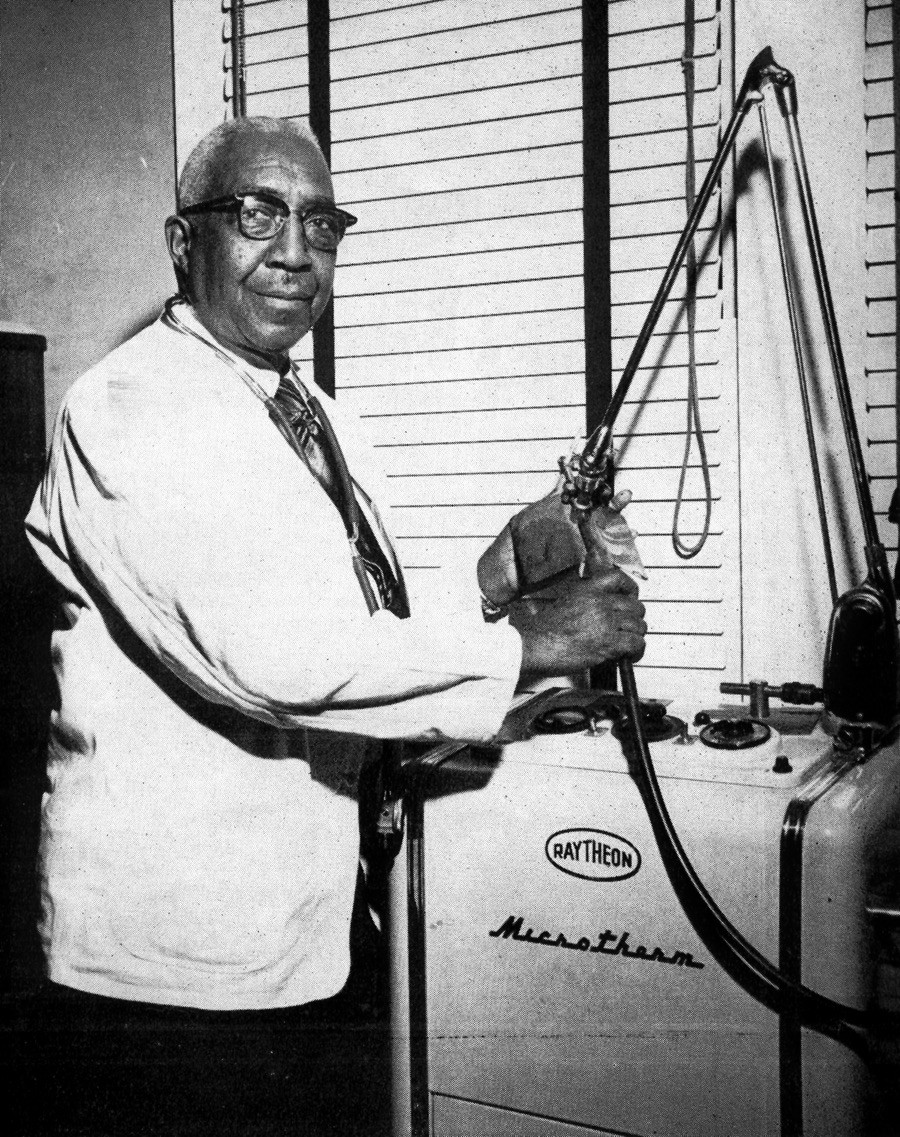
The Life and Legacy of Dr. Charles Johnson
The modest brick house on Granbury Street in Franklin blends into the canvas of the surrounding neighborhood. Nothing remarkable about its white-trimmed windows, black shutters, and little front stoop. The cottage looks as though it has always stood quietly in its shade-dappled yard. But appearances can be deceiving. Few would guess this home once sat on a different lot—or that it holds the inspiring story of a man who rose above his circumstances and defied the bigotry of the Jim Crow South to serve a community in need.
Dr. Charles Claudius Johnson was born on February 25, 1886 in Keokuk, Iowa. His father had settled in the river town after escaping slavery via the Underground Railroad. As a free state, Iowa had become a haven for formerly enslaved people, and a small Black community had taken root in Keokuk.
Though social inequality and racial discrimination still persisted there, Black Iowans had made important gains during Reconstruction: the right to vote, attend public school, and own property. Young Johnson made the most of these opportunities, completing his elementary and secondary education in Keokuk’s public schools.
After high school, he enrolled at Drake University in Des Moines. To pay for school, he took on odd jobs such as painting, masonry, and railroad work. During this period, he met and married Clara Elizabeth Lowe. Like Charles, her father had also fled slavery through the Underground Railroad and found refuge in Keokuk.
Not one to aim low, Johnson dreamed of becoming a doctor. In 1906, the couple moved to Nashville so he could attend Meharry Medical College, a school founded after the Civil War to train Black doctors to “serve the underserved.” Johnson took that mission to heart. Though financial challenges forced him to pause his studies, he ultimately graduated in 1917, determined to return to Keokuk and serve his hometown.
However, life took him in a different direction. While in Nashville, the Johnsons rented a room from a former Franklin resident who convinced them to move to Franklin. It would be only a six-month stopover where Johnson could gain practical experience before moving back to Keokuk. The couple settled near the Natchez neighborhood, a predominantly Black community within Franklin.
After living in Keokuk where public life was more integrated, the Johnsons were likely struck by the stark segregation of this rural Southern town. Only a handful of Black doctors served the area, and the local hospital didn’t permit Black women to stay overnight after childbirth. As a result, many relied on home remedies, midwives, and one another for care.
Dr. Johnson saw where he was needed most—and it wasn’t Keokuk. He chose to stay in Franklin where he quickly became one of the town’s most trusted and respected physicians. In June 1948, he opened Johnson Hospital next door to his and Clara’s home on Columbia Avenue (near the present-day location of Lexpro of Franklin). There, he delivered more than 100 babies annually and, in his later years, even welcomed a third generation of newborns into the world.

Beyond his medical work, Dr. Johnson served his community in other ways. He helped establish a local Pythian Lodge and held seats on several governmental and institutional boards, including the Federal Housing Committee. He also was a dedicated member of Shorter Chapel A.M.E. Church.
For almost fifty years, Dr. Johnson devoted himself to the care and advancement of his community. Johnson Hospital closed around 1958 with the opening of the Williamson County Hospital, which served all races. Dr. Johnson joined the new staff as one of just seven physicians—and the only Black doctor.
That same year, the Charles C. Johnson School was dedicated in Franklin’s Hard Bargain neighborhood. The school educated the local Black children from first through eighth grade until integration in 1971.
Dr. Johnson passed away in 1966 at the age of eighty-one. Clara followed in 1971. The former Johnson Hospital was torn down to make way for a gas station, and their home was moved to nearby Granbury Street where it still stands today.
Almost sixty years after his death, Dr. Johnson’s trailblazing legacy still endures in Williamson County. He broke racial barriers in both medicine and civic life, laying the groundwork for future generations. In doing so, he not only healed the bodies of his neighbors, but also helped mend the broken systems that denied them dignity. His story remains an enduring testament to the quiet power of perseverance, sacrifice, and a refusal to accept injustice as the status quo.


















